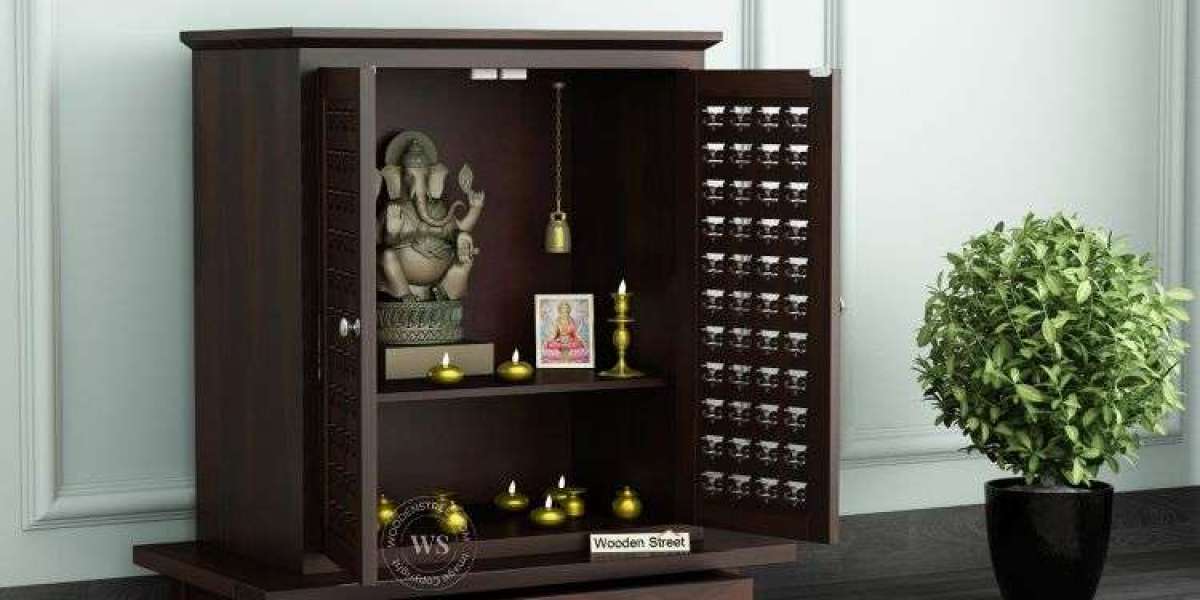Whether you're inclined towards classic styles or prefer sleek modern aesthetics, the concept of a mandir for home has evolved significantly over the years. Today, home temples reflect both tradition and contemporary design, blending seamlessly into a variety of interiors while retaining their divine essence.
The Significance of a Mandir for Home
A mandir for home is more than a physical structure; it is a dedicated area that brings peace, positivity, and focus into one’s life. Regardless of the size of your home, having a sacred corner for prayer and meditation helps in creating a spiritual environment. It is believed to attract positive energy, create a calm ambiance, and act as a grounding space for family members. With growing urbanization and changing lifestyles, the traditional mandir has taken on new forms while still honoring age-old values.
Traditional Mandir Designs and Their Appeal
Traditional mandirs are usually made from rich wood, showcasing intricate carvings, ornamental pillars, domes, and lattice work that reflect heritage craftsmanship. These designs often draw inspiration from temple architecture, giving your prayer space an aura of devotion and grandeur. A traditionally designed mandir for home usually becomes the focal point in any room, radiating a sense of history and sanctity.
Wood is the most common material used in these mandirs due to its timeless charm and symbolic purity. Designs typically include steps, a gopuram-style roof, and storage drawers for religious accessories. These mandirs look perfect in homes that follow Vastu principles or have a more ethnic interior setup. Despite the heavy detailing, these traditional structures have an eternal appeal that continues to be cherished.
The Rise of Modern Mandirs in Contemporary Homes
As home sizes shrink and interior preferences shift towards minimalism, modern pooja mandirs have gained popularity. These are compact, stylish, and designed to suit modern lifestyles. A contemporary mandir for home is typically crafted using lighter materials like engineered wood, metal, or glass and comes in clean, geometric shapes that match today’s interior themes.
Modern mandirs are designed to be wall-mounted or fit snugly into corners, making them suitable for apartments and studio setups. They maintain simplicity but never compromise on sanctity. These designs allow flexibility in placement, whether it's a niche in the living room, a shelf in the hallway, or a compact corner in the bedroom. Even without the elaborate carvings of traditional designs, modern mandirs still exude serenity through thoughtful lighting, smooth finishes, and subtle color tones.
Choosing the Right Mandir for Home Decor
Selecting the perfect mandir for home décor involves striking a balance between functionality, aesthetics, and spiritual significance. The size of your home, the materials used in the interiors, and your own personal style will influence this decision. For instance, a home with earthy tones and classic furniture may benefit from a carved wooden mandir, while a minimalist home with white walls and metallic accents might pair better with a sleek wall-mounted unit.
Placement also plays a key role. According to Vastu Shastra, the northeast corner of the house is ideal for setting up a mandir. It should be placed away from the kitchen and bathroom, and preferably at eye level. Once the placement is decided, attention should be given to features like storage for pooja essentials, ventilation for diyas and incense, and ease of maintenance.
Merging Style with Spirituality
Integrating a mandir for home into your décor does not mean you have to compromise on style. Many homeowners today creatively incorporate both traditional and modern elements to design a unique spiritual corner. For example, using antique bells or brass idols in a modern mandir setup can offer a beautiful contrast. Similarly, soft LED lighting inside a wooden mandir can enhance both its visual appeal and meditative atmosphere.
Color schemes also play a vital role in enhancing the look of a mandir. Whites, beiges, and golds lend purity, while deeper hues like maroon or dark brown bring depth and richness. Adding accessories like a pooja rug, fresh flowers, and artwork can further personalize the space. The goal is to create a space that resonates with your beliefs and offers a moment of peace in your daily routine.
Conclusion: Designing a Mandir for Home That Reflects You
Whether you prefer a traditional setup full of ornamental details or a modern minimalist mandir that saves space, your choice should reflect both your spiritual and aesthetic values. A well-designed mandir for home is a beautiful blend of devotion and design, where every element—from material to lighting—works together to create a calming, sacred space. As homes become an extension of personal identity, the mandir too has become a reflection of one’s faith, taste, and lifestyle. With thoughtful design, your pooja corner can become not only a space for prayer but also a source of inspiration and tranquility in your home














